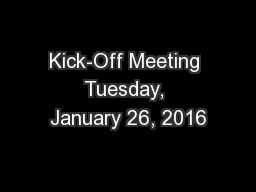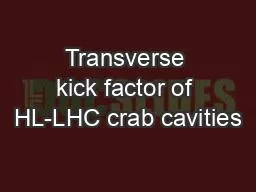PPT-ENMDA project – Kick-off Meeting
Author : tawny-fly | Published Date : 2015-09-18
Moscow 2214 January 2014 Masters Course in Graphic and Audiovisual Expression Adérito Fernandes Marcos marcosuabpt Topics 1 Visions and foundations of Digital
Presentation Embed Code
Download Presentation
Download Presentation The PPT/PDF document "ENMDA project – Kick-off Meeting" is the property of its rightful owner. Permission is granted to download and print the materials on this website for personal, non-commercial use only, and to display it on your personal computer provided you do not modify the materials and that you retain all copyright notices contained in the materials. By downloading content from our website, you accept the terms of this agreement.
ENMDA project – Kick-off Meeting: Transcript
Download Rules Of Document
"ENMDA project – Kick-off Meeting"The content belongs to its owner. You may download and print it for personal use, without modification, and keep all copyright notices. By downloading, you agree to these terms.
Related Documents

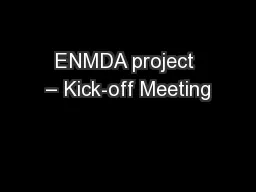
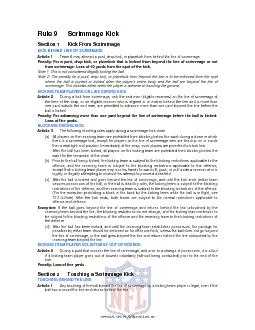
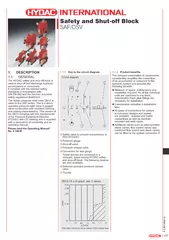

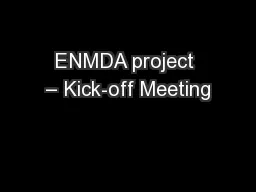

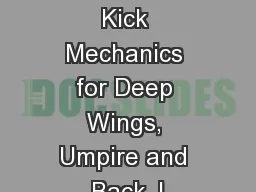
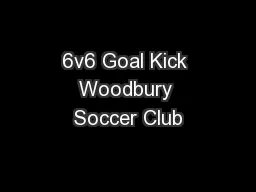
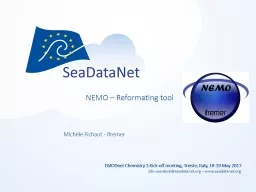
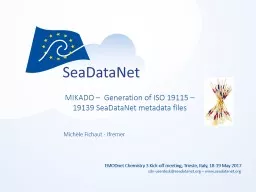
![[Title of Project] [Date of Kick Off Meeting]](https://thumbs.docslides.com/690618/title-of-project-date-of-kick-off-meeting.jpg)
